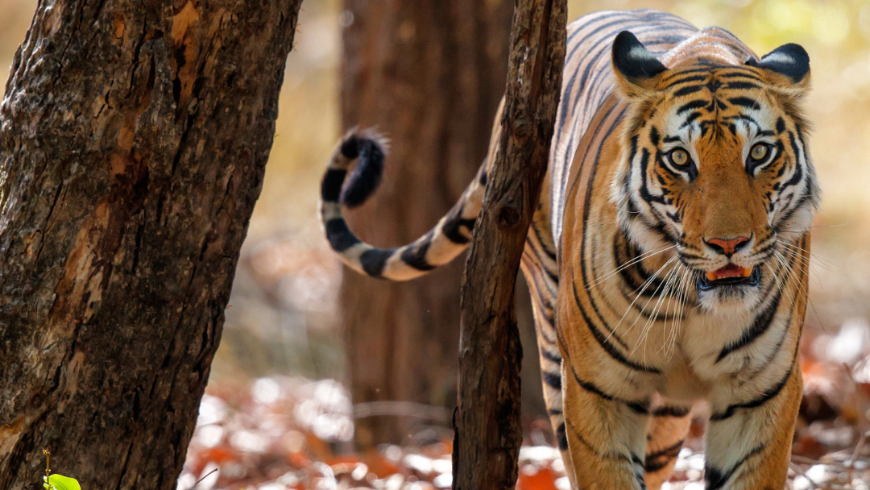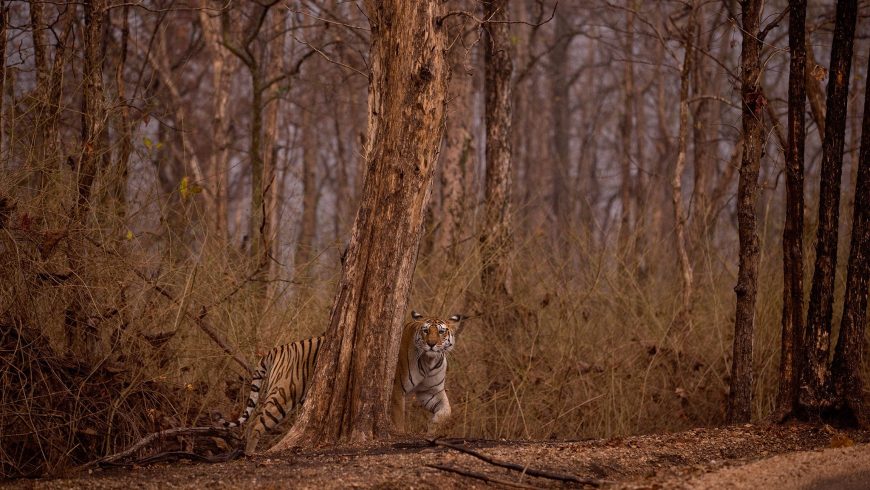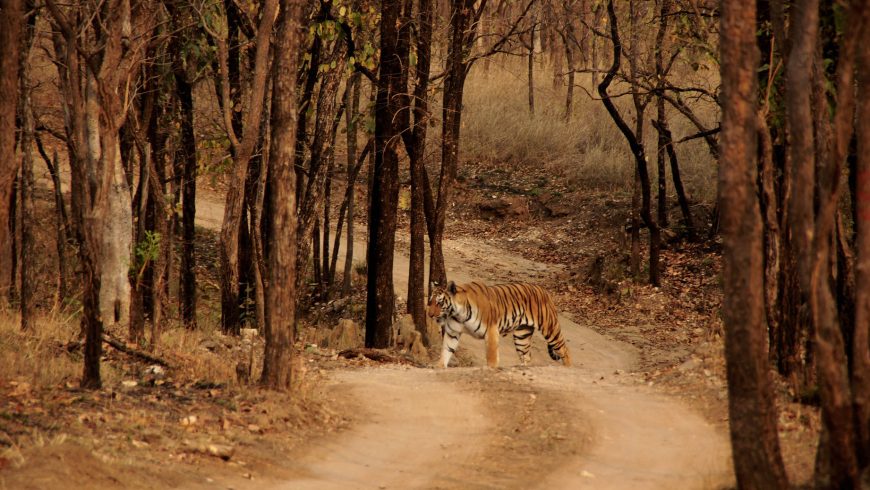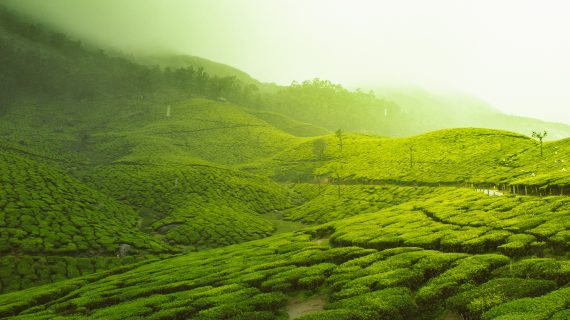Have you ever dreamed of spotting a wild tiger as it moves silently through the jungle, bathed in golden sunlight? In India, this dream can come true, and in a way that protects both nature and people.
Home to 75% of the world’s tiger population, India has become a global leader in conservation and sustainable wildlife tourism.
If you’re a nature lover, an adventurer at heart, and a conscious traveler, read on to discover how to experience the magic of tiger territory — while leaving nothing behind but awe.
The Beginning of a Legacy

In 1973, the Indian government launched Project Tiger, a pioneering conservation effort to protect the country’s national animal, the majestic Bengal tiger. This initiative marked the start of India’s commitment to safeguarding its rich wildlife heritage and creating protected habitats for endangered species.
A Conservation Success Story
According to the world’s largest camera trap wildlife survey conducted in 2018, India is now home to 2,967 wild tigers, which accounts for nearly 75% of the global tiger population. This remarkable achievement is a result of decades of dedicated conservation efforts, forest protection, and community involvement.
Where Tigers Thrive: India’s Expanding Tiger Reserves

From just 9 reserves in 1973, India now boasts 51 tiger reserves across its diverse and dense forest landscapes. These are monitored and managed by the National Tiger Conservation Authority (NTCA), which ensures effective implementation of Project Tiger and promotes long-term ecological balance.
These reserves not only protect tigers, but serve as critical habitats for hundreds of other animal and plant species, reinforcing the interconnectedness of nature.
The Rise of Ecotourism in Tiger Country

India’s tiger reserves are becoming major destinations for sustainable wildlife tourism. Travelers, wildlife lovers, and photographers from around the globe visit these reserves not only to see tigers, but to experience India’s biodiversity, cultural richness, and ecological wonders.
Today, over one-third of India’s wildlife tourism is concentrated around tiger reserves — a testament to their growing popularity and importance in eco-conscious travel.
Moreover, 14 Indian tiger reserves have received international conservation accreditation, boosting India’s reputation as a global leader in responsible ecotourism.
Sustainable, Immersive, and Community-Driven

What makes these destinations especially meaningful is the growing focus on eco-friendly infrastructure, local involvement, and community-based tourism. Many reserves now offer sustainable accommodations, often made from natural materials, powered by renewable energy, and managed by locals who benefit directly from tourism revenue.
In places like Jim Corbett National Park, for example, you can stay in beautiful mud houses offered by partners like Ecoplore, ensuring a low-impact, authentic jungle experience.
This sustainable model supports both biodiversity and local livelihoods, making it possible for tigers and humans to coexist and thrive together.
Top 5 Tiger Reserves to Visit in India

If you’re planning a nature-based, responsible trip to India, here are five incredible tiger reserves to add to your list:
1. Bandhavgarh National Park (Madhya Pradesh)
Located in the Vindhya hills of central India, this reserve has one of the highest densities of tigers in the world. Jeep safaris offer great opportunities for tiger sightings.
Best time to visit: October to June
2. Ranthambore National Park (Rajasthan)
Just 130 km from Jaipur, Ranthambore is a favorite among wildlife photographers. The park also offers gypsy and canter safaris to spot tigers and other wildlife.
Best time to visit: October to June.
3. Jim Corbett National Park (Uttarakhand)
The oldest national park in Asia, Corbett is divided into five zones and is the only park in India where you can stay overnight inside the jungle.
Best time to visit: December to March.
Try Ecoplore’s mud house stays for a sustainable experience.
4. Pench Tiger Reserve (Madhya Pradesh)
Famous as the inspiration for Rudyard Kipling’s The Jungle Book, Pench is home to 44 tigers (as per a 2017 survey).
Best time to visit: October to February
5. Kanha National Park (Madhya Pradesh)
Also known as Kanha-Kisli, this is one of India’s largest tiger reserves. It is accessible via Jabalpur and is home to the Gond and Baiga tribal communities.
Best time to visit: April and May, when tiger sightings are more likely
Travel with Purpose

When you choose to travel sustainably, you’re doing more than just exploring — you’re supporting wildlife conservation, empowering local communities, and helping to preserve the planet’s natural heritage.
So, if you’re dreaming of an unforgettable adventure, it might be time to pack your bags and head to the wild heart of India — where tigers roam free, and every step you take leaves a positive footprint.
Author: Rahul Chadha is an adventure traveler, writer, and foodie. He collaborates with Ecoplore, an India-based eco-travel company that promotes sustainable accommodations and responsible tourism.




